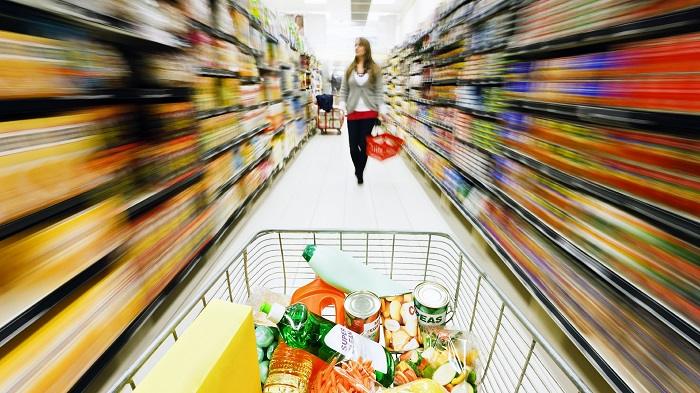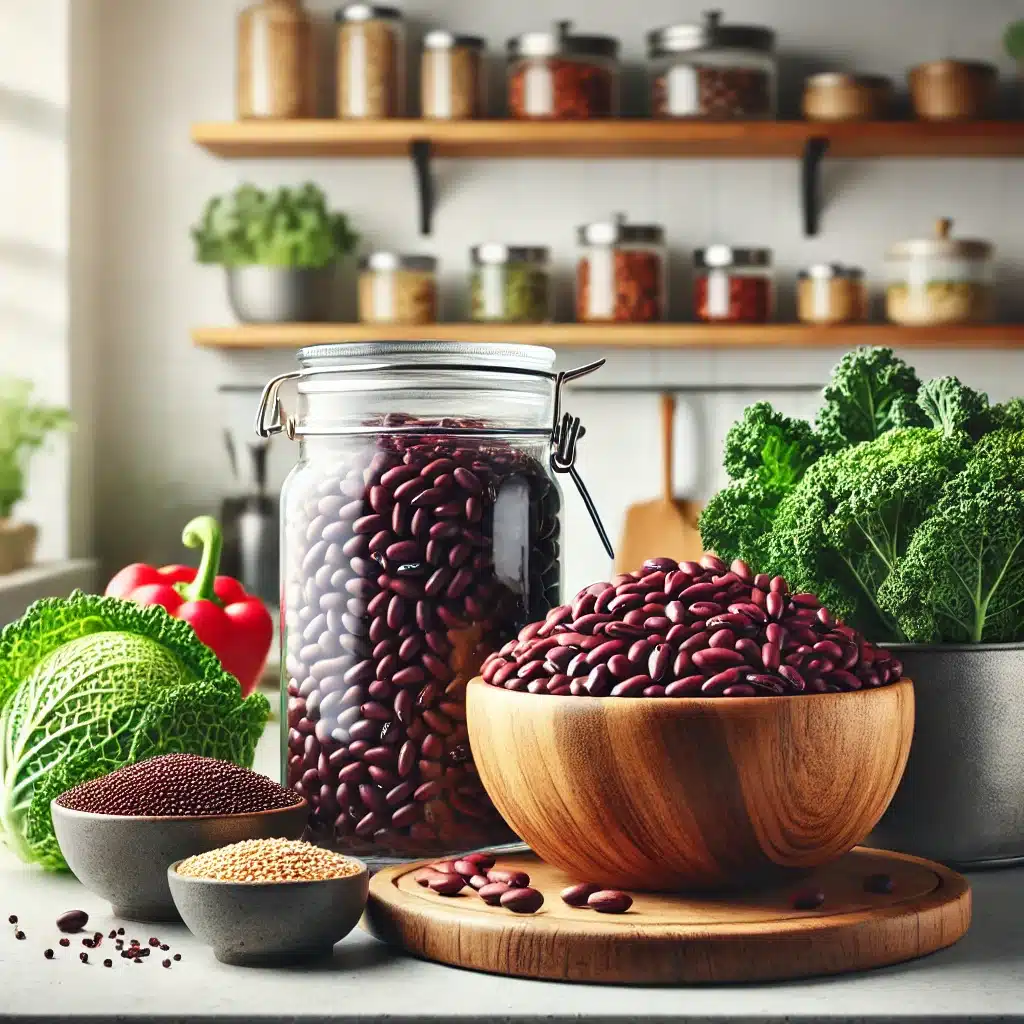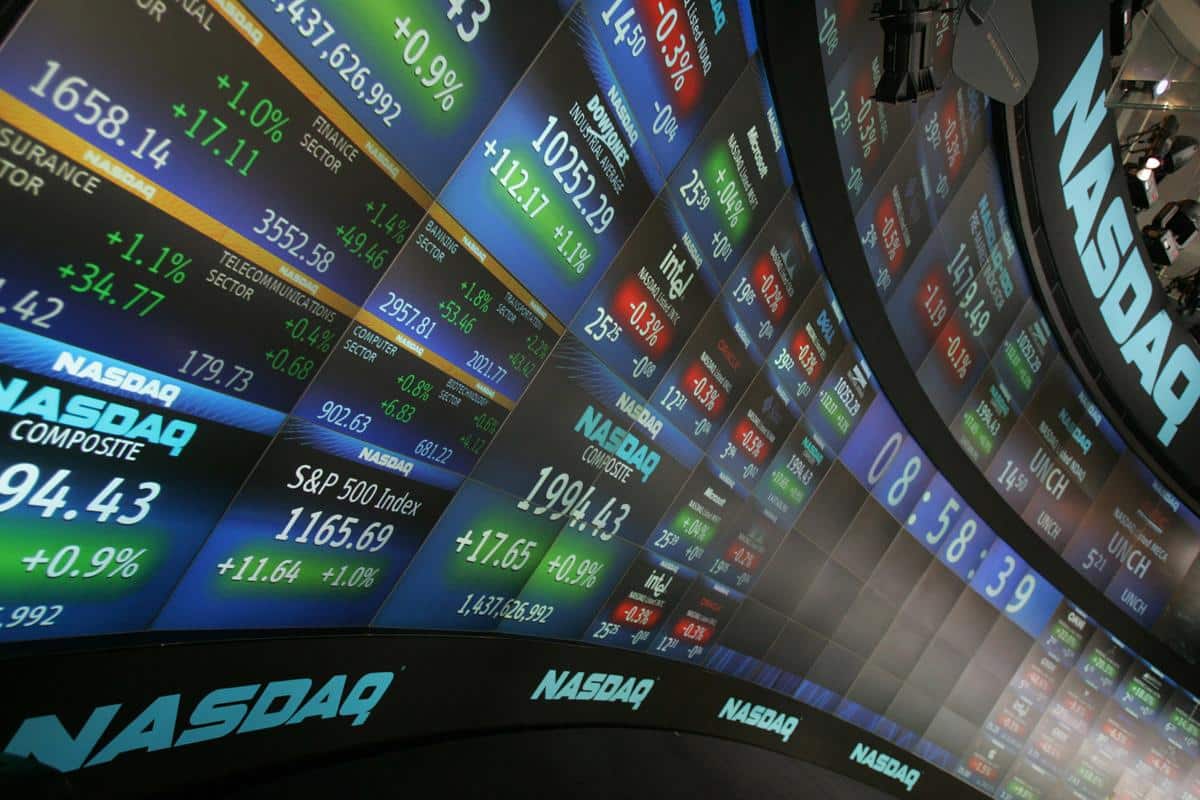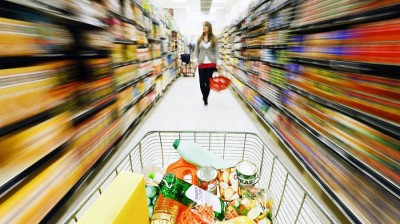
Like a competitive game of Monopoly, big corporations are snatching up all the food companies, meaning that out of the thousands of products on your grocery store shelf, 90 percent of them are owned by 10 companies. Yes – just 10 companies.
Business Insider recently published a graphic that showed how these corporations control nearly everything we buy at the grocery store.
The graphic came from Oxfam International, which named these companies the “Big 10” and rated them on seven issues – such as transparency, sustainability, and whether they work with small farmers. It was part of Oxfam’s “Behind the Brands” campaign.
Here are the results of their ratings (1=best, 10 = worst):
1: Nestle
2: Unilever
3: Coca-Cola
4: Pepsico
5: Mondelez International
6: Danone
7: Mars
8: Kellogg’s
9: Associated British Foods plc
10: General Mills
The campaign aims to make the public more aware of where the companies stand on environmental and human rights’ issues. After all, according to one of Oxfam’s most recent reports, if the companies were a nation, they would comprise the 25th most polluting country in the world.
Prepare now for surging food costs and empty grocery store shelves…
And the 2013 report highlights troubling findings that show that workers for the “Big 10” forced children to work for them, took clean water from those who needed it, seized land at gunpoint, and discriminated against women.
How To Break Free From The “Big 10”
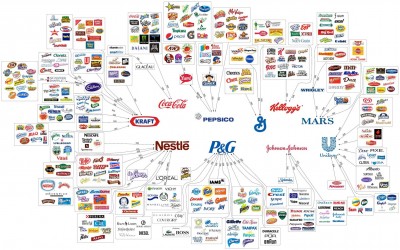 In the US, where dozens of different types of soda are available at every gas station and the average grocery store has 38,000 products on the shelves, it’s hard to not fall prey to the unscrupulous “Big 10.” But you do have a choice.
In the US, where dozens of different types of soda are available at every gas station and the average grocery store has 38,000 products on the shelves, it’s hard to not fall prey to the unscrupulous “Big 10.” But you do have a choice.
In a time when obesity is becoming a global epidemic, your life depends on finding more ways to eat better and more nutritious food. Here are a few ways to break free from the “Big 10.”
First, grow your own food. Whether you live in an apartment or on a hundred acres, growing your own food is important – and not just for your health. Remember the EBT system crash last October that caused a major panic and left Walmart shelves empty in just a few hours? To avoid potential food shortages, growing and storing food is a good precaution to take.
Second, buy food from farmer’s markets. Farmer’s markets are healthier and the sellers are more likely to practice fair trade. According to the USDA, there are 8,144 farmer’s markets now across the country, an increase from 5,000 in 2008. Admittedly, not every city and town has a farmer’s market, but at least it gives a small glimmer of hope in the increasingly monopolized food business.
New Survival Seed Bank™ Lets You Plant A Full Acre Crisis Garden!
Third, stop drinking soda. No matter what kind of soda you may like — whetherit has high fructose corn syrup or carcinogenic aspartame — they’re all bad! Don’t deceive yourself into thinking that just because a soda doesn’t have sugar in it that it’s healthy. And by not drinking soda, you’ll be giving less money to the big corporations.
Fourth, don’t drink bottled water. Perhaps you’ve already given up soda and are drinking more water. But did you know that some bottled water is from tap water and some of it comes from third world countries? As a result, the bottled water you drink may be full of toxins; or, it might be stolen from the only clean water supply that many people have.
Fifth, shop the perimeter of the store. When you focus on putting more organic fruits, vegetables, and meat into your shopping cart, you’re buying the healthiest foods in your supermarket. And if you cook meals from scratch, you’ll avoid the additives and chemicals that are lurking in so many of the foods sitting on supermarket shelves. And make sure that you avoid GMOs as well; after all, the big brand names are laden with them. Click here to see if your favorite brand is GMO-free.
Is it dangerous that 10 companies own almost all of the food? Why or why not? Write your response in the comments below.


